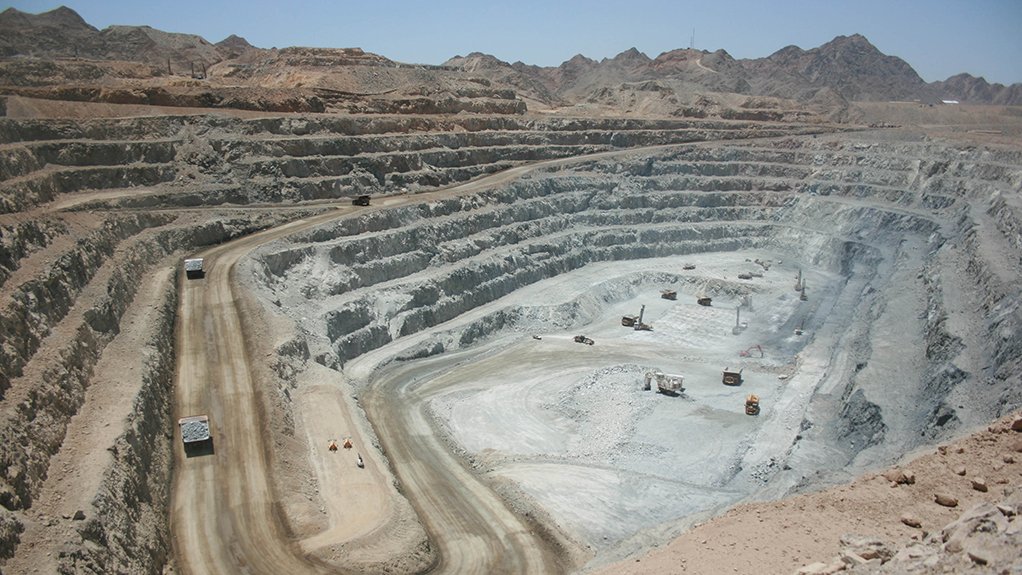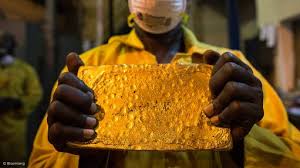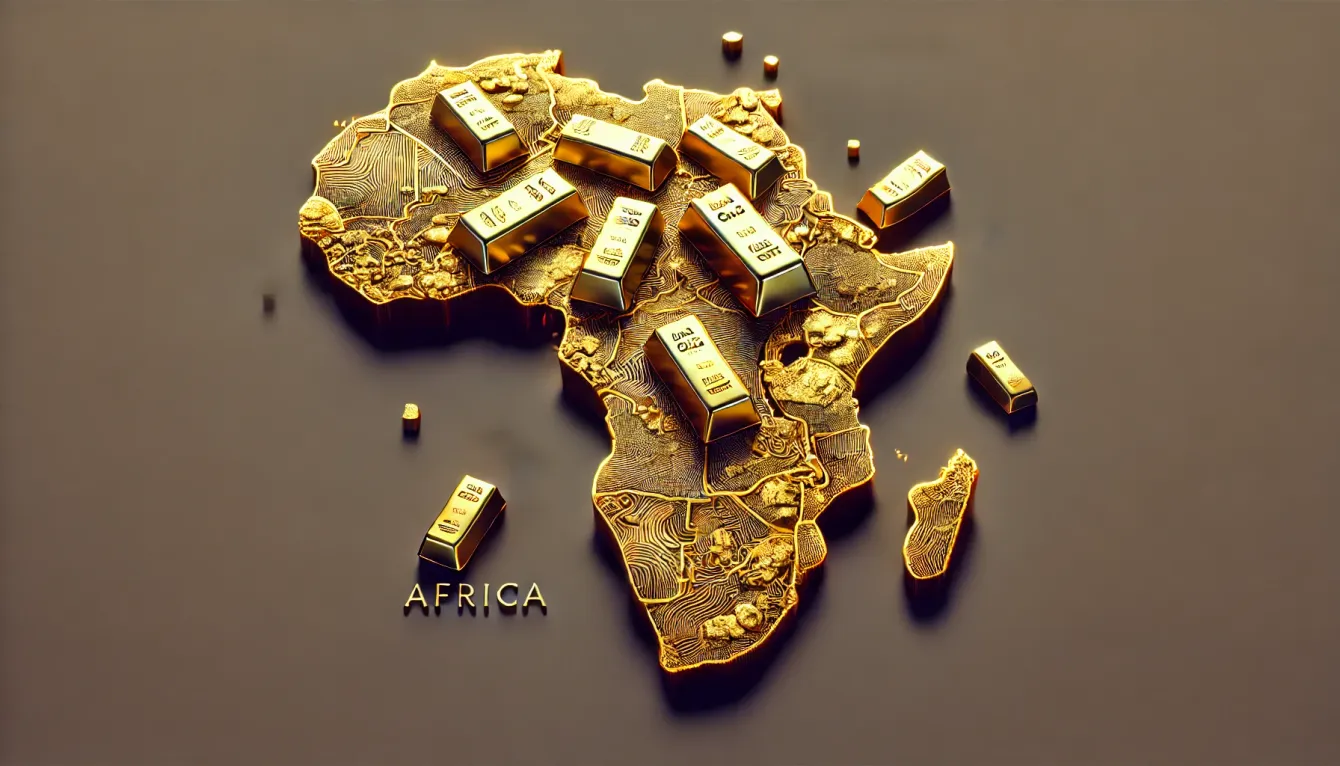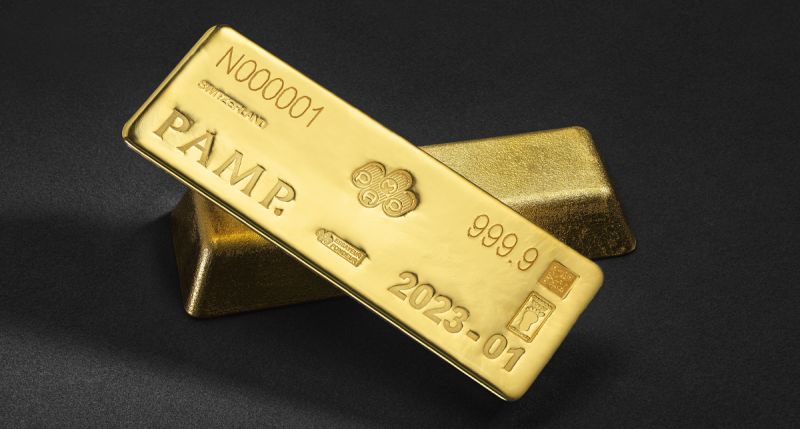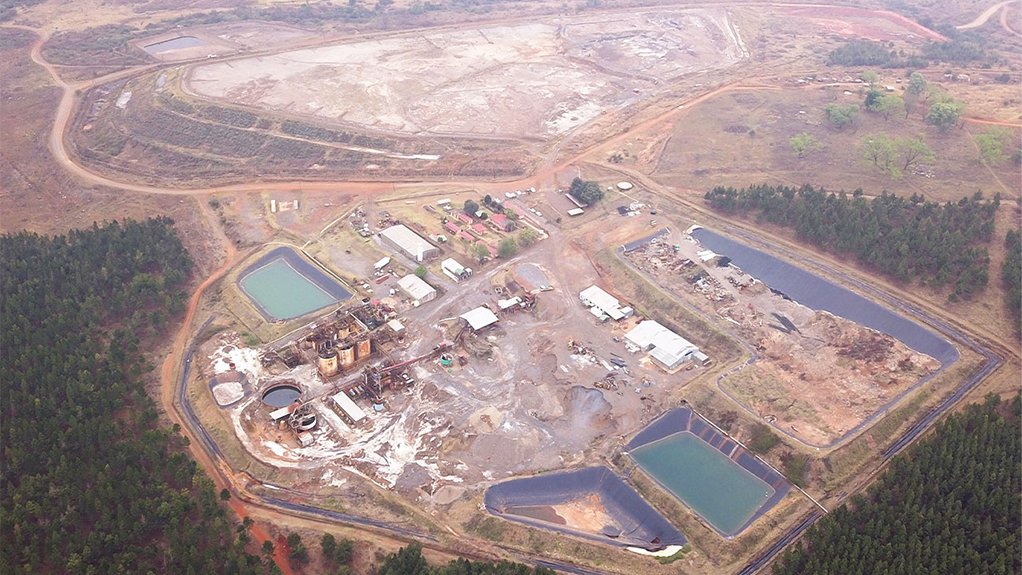Precious Metals

Dubai 24-carat gold price today hits three-week peak at AED404.50 as market reacts to trade fears
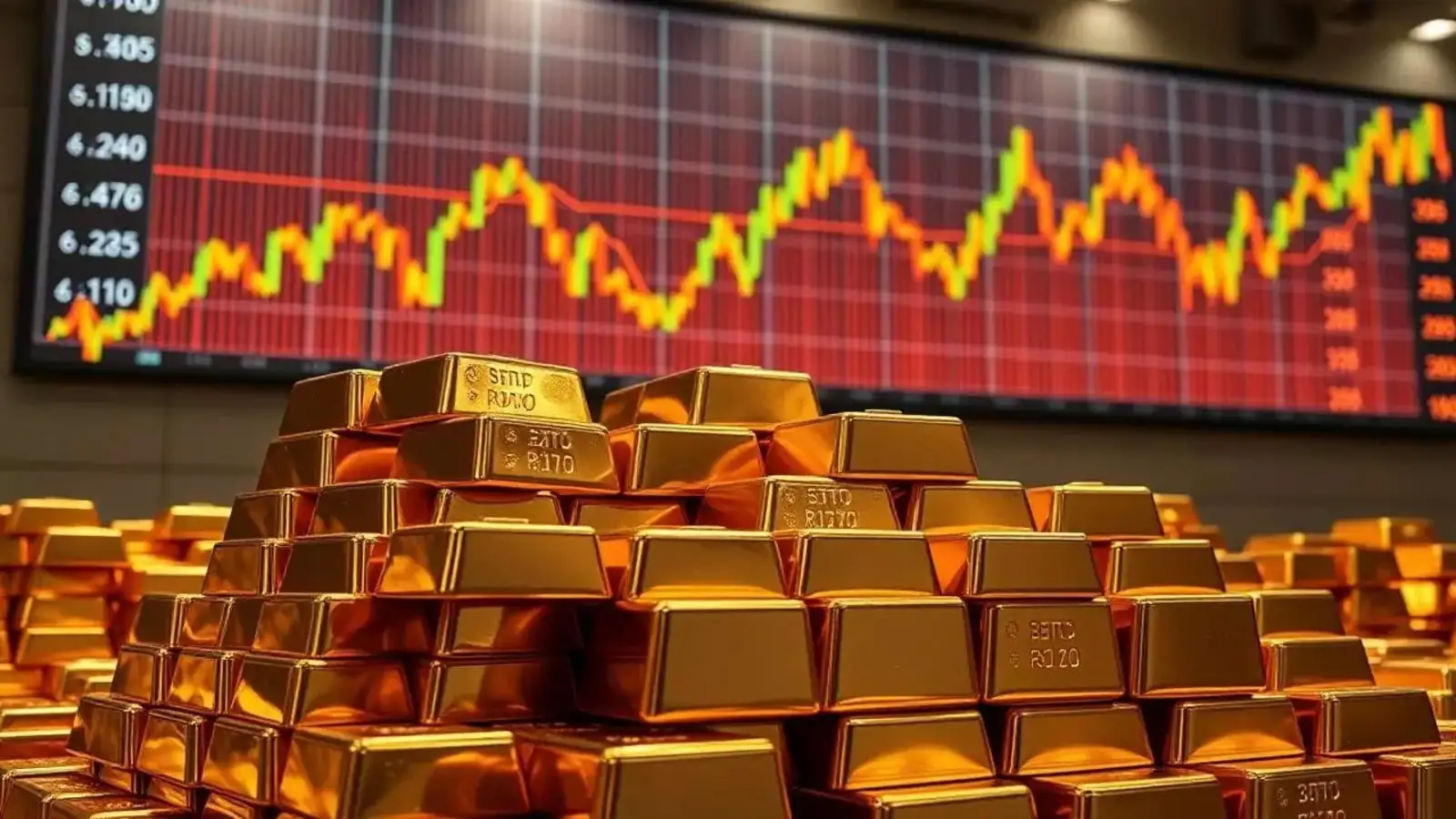
Gold prices reached a three-week high on Monday, buoyed by safe-haven demand after U.S. President Donald Trump threatened to impose a 30 percent tariff on imports from the European Union and Mexico.
In Dubai, gold rates saw an increase, with 24-carat gold rising AED2.75 to AED404.50, while 22-carat gold also gained AED2.75 to AED374.50. Furthermore, 21-carat gold saw an uplift of AED2.50 to AED359.00, and 18-carat gold climbed AED2.25 to AED307.75.
Spot gold was up 0.2 percent at $3,361.19 per ounce, as of 01:34 GMT (currently trading above $3,355), after reaching its highest level since June 23 earlier in the session. U.S. gold futures rose 0.4 percent to $3,376 (currently trading above $3,370).
Trump on Saturday warned of a 30 percent tariff on imports from Mexico and the European Union beginning August 1, following weeks of negotiations with these major U.S. trading partners that failed to yield a comprehensive trade deal. Both the European Union and Mexico characterized the tariffs as unfair and disruptive, while the EU indicated it would extend its suspension of countermeasures to U.S. tariffs until early August and continue to advocate for a negotiated resolution.
Anticipation for June inflation data
Investors are now looking forward to the U.S. inflation data for June, set to be released on Tuesday, for further insights on the Federal Reserve‘s interest rate trajectory. Markets are currently estimating just over 50 basis points of Fed easing by December. Gold, often regarded as a safe-haven asset during economic uncertainties, tends to perform well in a low-interest-rate environment.
SPDR Gold Trust, the world’s largest gold-backed exchange-traded fund, reported that its holdings decreased by 0.12 percent to 947.64 metric tons on Friday from 948.80 tons in the previous session. Simultaneously, gold speculators reduced net long positions by 1,855 contracts to 134,842 in the week ending July 8.
Spot silver rose 0.6 percent to $38.59 per ounce, while platinum decreased by 1.6 percent to $1,377.37 and palladium fell 2.1 percent to $1,189.
Trade tensions impact market sentiment
Gold prices gained positive momentum for the third consecutive day on Friday, nearing the upper limit of their weekly range amid escalating trade tensions.
In Dubai, gold rates saw an uplift, with 24-carat gold rising AED2.5 to AED400.25, while 22-carat gold increased AED2.25 to AED370.75. Additionally, 21-carat gold rose AED2.25 to AED355.5, and 18-carat gold experienced a rise of AED1.75 to AED304.5.
Globally, spot gold was up by 0.5 percent to $3,333.76 as of 4:47 GMT. Meanwhile, U.S. gold futures climbed 0.61 percent to $3,345.90. Over the past 30 days, gold prices have recorded a 0.36 percent decline as tensions in the Middle East have eased.
In a significant escalation of trade wars, U.S. President Donald Trump last week issued notices to various trading partners, specifying individual tariff rates starting August 1 in the absence of any trade agreements. This situation has kept investors on edge and impacted global risk sentiment, which, in turn, is seen as a crucial factor providing support for the safe-haven precious metal.
Traders cautious on rate cuts
Meanwhile, traders have tempered their expectations for an immediate interest rate cut by the Federal Reserve following the release of a positive U.S. monthly jobs report recently. This has helped the U.S. Dollar (USD) remain strong near its highest level in over two weeks, reached on Thursday, potentially deterring traders from making aggressive bullish bets on the non-yielding gold price. Therefore, it may be wise to wait for substantial follow-through buying before positioning for any further near-term appreciation of the XAU/USD pair.
U.S. President Donald Trump announced a 35 percent tariff on Canadian imports, effective August 1. This follows a recent declaration of a 50 percent tariff on U.S. copper imports and continues to drive safe-haven flows towards gold prices. Minutes from the Federal Reserve’s June 17-18 policy meeting revealed that most policymakers remain concerned about the risk of rising inflationary pressure due to Trump’s aggressive trade policies. The minutes also indicated that only a few officials believed interest rates could be cut as soon as this month, aiding the U.S. Dollar in maintaining its strength near a two-week peak set last Thursday.
Jobless claims decline
On the economic data front, the U.S. Department of Labor (DOL) reported that initial jobless claims fell to 227K for the week ending July 5, which was below estimates as well as the previous month’s downwardly revised figure of 232K. This, along with stronger U.S. employment data released last Thursday, points to a resilient U.S. labor market and indicates no urgency for the Fed to reduce rates. Meanwhile, San Francisco Fed President Mary Daly stated that monetary policy remains restrictive and that it’s time to contemplate adjusting the interest rate. She added that tariffs aren’t as high as previously anticipated and that economic fundamentals support a move towards lower rates at some point.
Separately, Fed Board of Governors member Christopher Waller noted that tariff inflation effects are likely to be short-lived and that a rate cut would not be politically motivated. Waller, viewed as a potential favorite to replace Powell in 2026, made another case for an early interest rate cut in July. In contrast, St. Louis Fed President Alberto Musalem remarked that it is too soon to determine whether tariffs will have a one-off or more persistent impact on inflation. He added that the economy is in a favorable position, and it is crucial for the Fed to keep long-term inflation expectations anchored.





